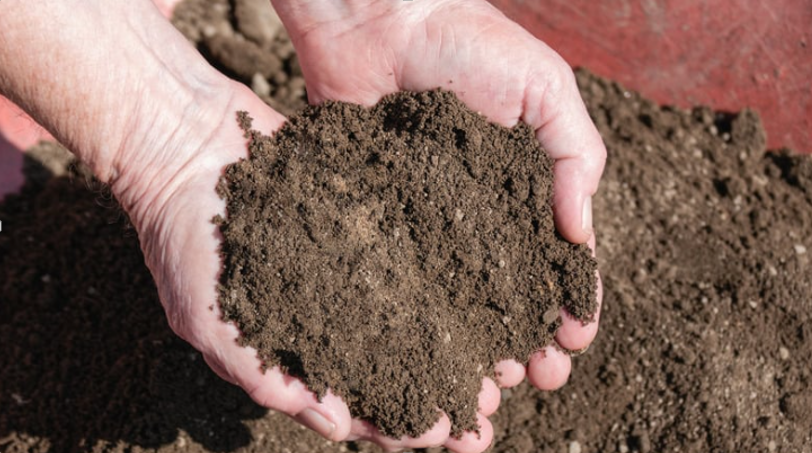How to Choose the Right Topsoil Blend for Your Landscaping Needs
Selecting the right type of soil is one of the most critical decisions in any landscaping project. Whether you’re planting flower beds, building a raised garden, or revitalizing your lawn, the success of your project starts from the ground up. Investing in high-quality topsoil in Alpharetta can dramatically improve plant health, drainage, and overall landscape sustainability. But not all topsoil blends are created equal; understanding the right mix for your specific goals ensures long-term success.
What Is Topsoil and Why Does It Matter?
Topsoil is the uppermost layer of soil, rich in nutrients and organic matter. It plays a vital role in supporting plant life by providing essential minerals, promoting root growth, and aiding water retention. However, its composition can vary depending on the source. Some blends are ideal for vegetable gardens, while others are better suited for lawn renovation or flower beds. Knowing which blend fits your landscape ensures efficient water usage, stronger plant development, and fewer soil amendments in the future.
Key Factors When Choosing a Blend
When evaluating topsoil blends, consider texture, nutrient content, and drainage capacity. For example, a loamy blend that contains sand, silt, and clay in balanced proportions is often best for general landscaping. However, specialized projects may require a custom mix. A garden bed may need more organic compost, while a lawn might perform better with sand-rich soil for improved drainage.
Understanding these needs can help narrow down the best guide to the right choice for your garden, which covers how different soil components affect plant performance, aeration, and water retention. This knowledge is particularly helpful when working with different plant types or when preparing large-scale landscaping areas.
Environmental Benefits of High-Quality Soil
Using a suitable topsoil blend does more than enhance plant health; it also contributes to ecological stability. High-quality soil reduces runoff, filters pollutants, and promotes microbial activity that supports local biodiversity. In fact, the environmental benefits of using high-quality topsoil in landscaping include carbon sequestration, improved stormwater management, and reduced reliance on synthetic fertilizers. These benefits make it a sustainable choice for both residential and commercial landscaping applications.
See also: Haliburton Real Estate Forecast: What’s Next for Property Values in Cottage Country?
Tailoring Topsoil to Specific Projects
Not every project needs the same type of topsoil. For example, newly seeded lawns benefit from a lighter blend that allows roots to penetrate easily, while garden beds may require a darker, more nutrient-rich composition. Professionals often conduct soil testing to determine pH levels and nutrient content before selecting a blend. Local climate, plant types, and elevation also factor into choosing the best soil profile.
In areas like Alpharetta, soil conditions can vary dramatically from one neighborhood to the next. This is where choosing topsoil from local suppliers who understand regional needs becomes essential. They can offer tailored recommendations based on years of experience working with local soil types, ensuring optimal results for your landscaping.
Conclusion
Choosing the right topsoil blend is a foundational step toward a healthy, long-lasting landscape. A carefully selected mix tailored to your project’s needs can improve plant growth, support environmental goals, and reduce long-term maintenance. By working with local professionals and understanding soil components, you’ll create a thriving outdoor space that performs well year-round. Investing in the right blend from the start is the smart path to landscape success.






